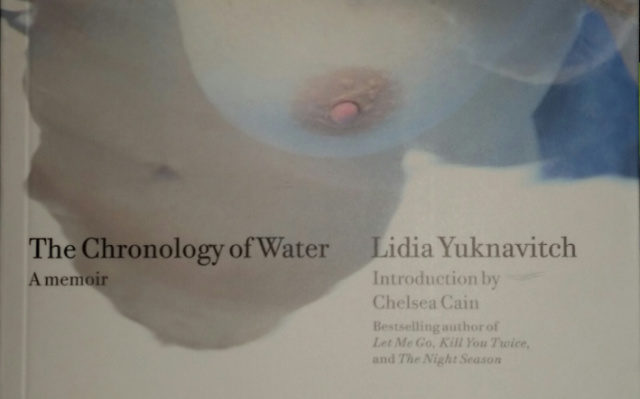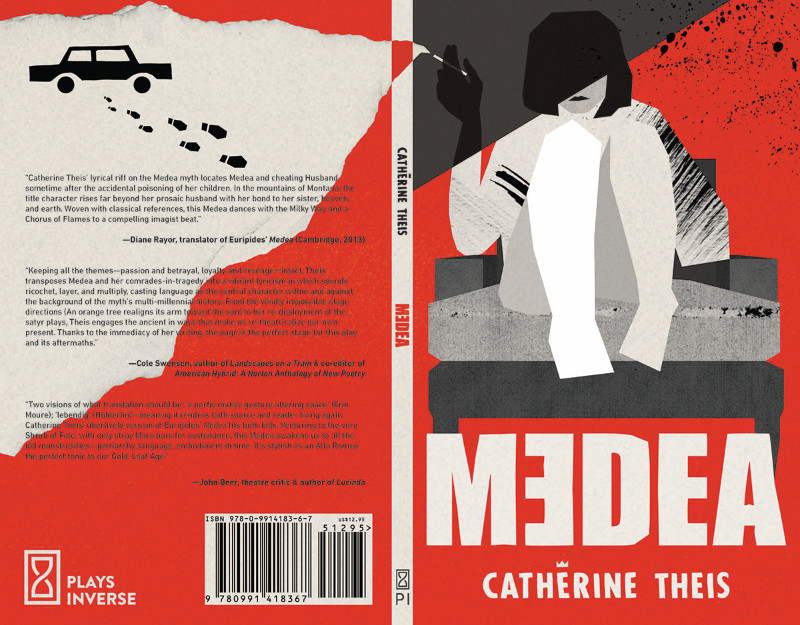
Play with Language: On Hannah Sanghee Park’s The Same-Different
Even the title of the collection sets the tone for how the poems within it will play with language.
From the opening lines of the first poem, “Bang,” Park uses sounds in a same-different way. She writes, “Just what they said about the river / rift and ever. // And nothing left was for the ether / there either” (1-4). The poem contains rhymes, but it also contains the not-quite-rhyming sounds just before each line ends. The last line, in this way, becomes an expanded version of the last word of the line that came before it. River becomes almost ri-ft and e-ver. This playfulness within the sounds and structures of words continues throughout the first section, “The Same-Different.”
This playfulness continues into the titles of the poems, with the next six poems titled, “Another Truth,” “And a Lie,” “One Truth,” “And a Lie,” “T/F,” and “P’s & Q’s.” Two of the poems have the same title but stand as different poems, again fitting the same-different paradigm. Also, placing “Another Truth” before “One Truth” heightens the unexpectedness of how language and order are used. Typical logic is removed, but there remains enough familiarity to follow. The last two of these six poems also show opposites and ways that they are similar in their titles, such as how true and false are different, but linked.
Not only does Park play with the similar sounds of different words, allowing for interesting ways to link them together, but she also plays with the differences in the same words in the titular poem, “The Same-Different.” At the end of the poem, she writes, “leaving with We’re // a lot alike, meaning: O love, a love / I loved, and the lot I liked” (12-14). This time, instead of expanding a word, she uses it multiple times with multiple meanings. Most notably, she changes the meaning and context of love three times in six words. “O love” denotes someone in particular; it is much closer and familiar, something you would speak to the one who you love. “A love” is similar, but more general; someone could be longing for a love to whom they would be able to say “O love.” “I loved” turns love from a noun into a verb and resituates the action as internal. The first two noun forms of love place the love upon another person, who becomes the love. When love is turned into a verb, the love is centered around the I, not the you, as it has become progressively become less passionate and moved towards the speaker. This movement continues when the two likes are contrasted. In the start of the stanza, “a lot alike” denotes a closeness, one that mirrors “O love” that comes after it. However, in the similar sounding, “the lot I liked” that comes at the end, the lot and like have been transformed. Without any context, this may seem to mean a similar thing, since one would assume that people would like those who they are alike. Coming after the cascading loves, however, it further removes and disimpassions the love. Now it has gone from “I love” to “I liked.” The love has left the poem.
This kind of playfulness with and awareness of the interior of a word fills Park’s poetry with a liveliness that is not often seen. She is able to morph words and their sounds in a way that shows why and how poetry can be so powerful.
After the free verse language-play of the first section, the poems embody the same-different mindset in a set of sonnets about mythical figures in her second section, “A Mutability.” As she writes in the notes section at the back, the sonnets “are rooted in myths, fairy tales, and folklore from different cultures. The titular characters are hybrids, chimeras, or shape-shifters” (59). In this section, Park eschews traditional rhyming and iambic pentameter, creating poems that have the same fourteen-line structure, but that is all. The structure of these poems contains that same-different ethos, varying the stanza pattern of the sonnet form. In addition, the subject matter is mythical characters who blur the boundaries between familiar and strange.
In her last section, “Fear,” Park has one long poem: “Preface to Fear/False Spring.” Here, she continues the playfulness with language, while also playing with the structure of a long poem. The section appears to be many smaller poems without titles, but the linkages between them create, in fact, one long poem. This play with structure, breaking up a long poem so that it does not go from the bottom of one page to the top of another, establishes yet another same-different moment, with the poem looking the same as and different from both multi-page and one-page poems.
All of this comes together in an incredibly entertaining collection. Park’s deftness with language and how to reshape it elevate this collection and make it a worthwhile read.





